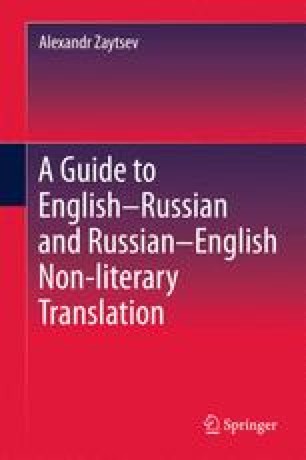
Only a few Central Asian countries -such as Azerbaijan- can compete in that segment. Both are, grosso modo, of the same type: heavy, ideal for the production of so-called middle distillates, such as diesel or aviation kerosene, the segment most impacted by the ban on Russian oil derivatives. It is not strange that Russian and Latin American oil are interchangeable. This increase makes it the leading Spanish supplier of crude oil, ahead of two giants: the United States (2.2 million tons) and Brazil (2 million). Mexico, the main originĪt a somewhat more northerly latitude, already in North America, Mexico sold over 2.7 million tons to Spain between January and April, almost 46% more than the previous year. And Brazil has seen shipments grow to just over two million tons, compared to 1.5 million in the first four months of 2022. Colombia, for its part, has sold 586,000 tons to Spanish importers between January and April, four times more than in the same period of the previous year. On the opposite side, oil purchases from Venezuela, Ecuador and Trinidad and Tobago have gone from zero to 258,000, 148,000 and 101,000 tons, respectively. In just one year, after the Russian invasion of Ukraine, Spain has gone from buying 700,000 tons of Russian crude to not buying any. The increase is especially strong in the case of Central and South American countries, where imports grew by 115% in the first four months of the year, according to data published this Monday by Spain’s Corporation of Strategic Reserves of Petroleum Products (CORES).


In the first four months of the year, oil imports from the west shore of the Atlantic covered almost half of national needs. Spain already has a new supplier of crude oil: Latin America.


 0 kommentar(er)
0 kommentar(er)
